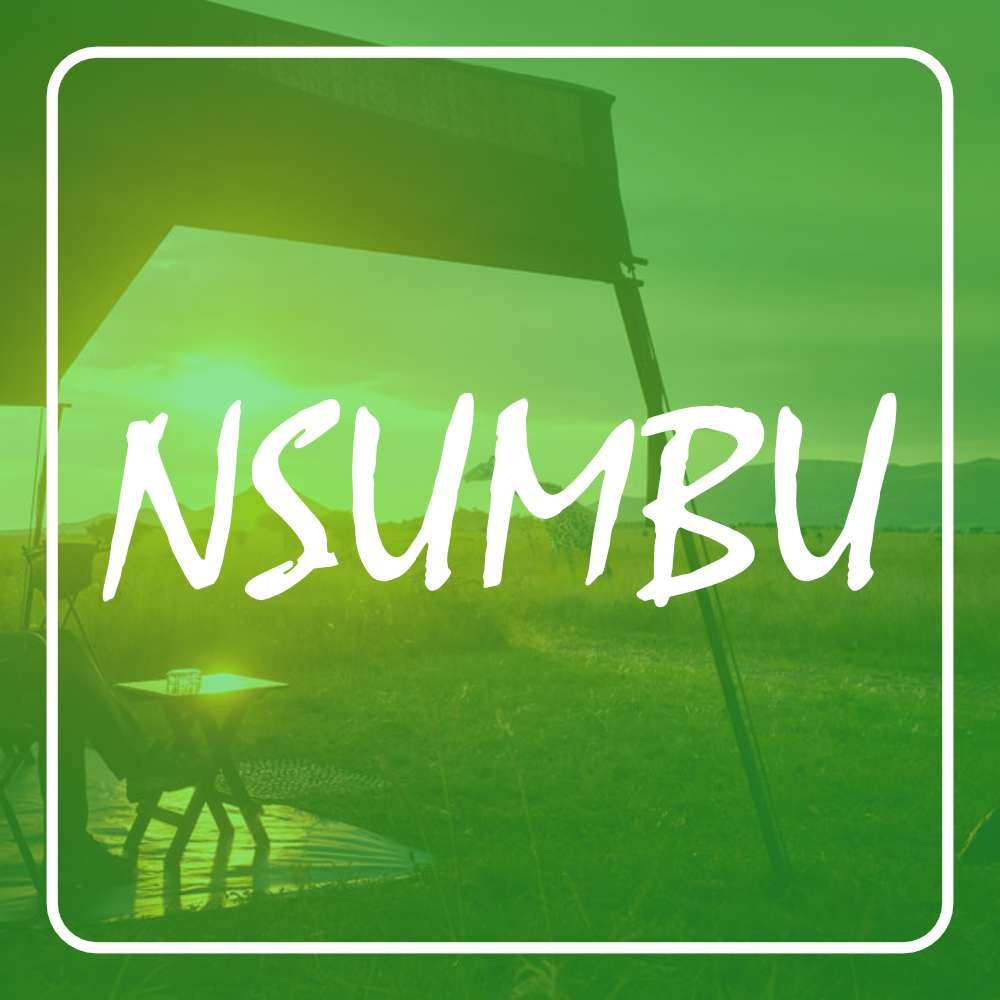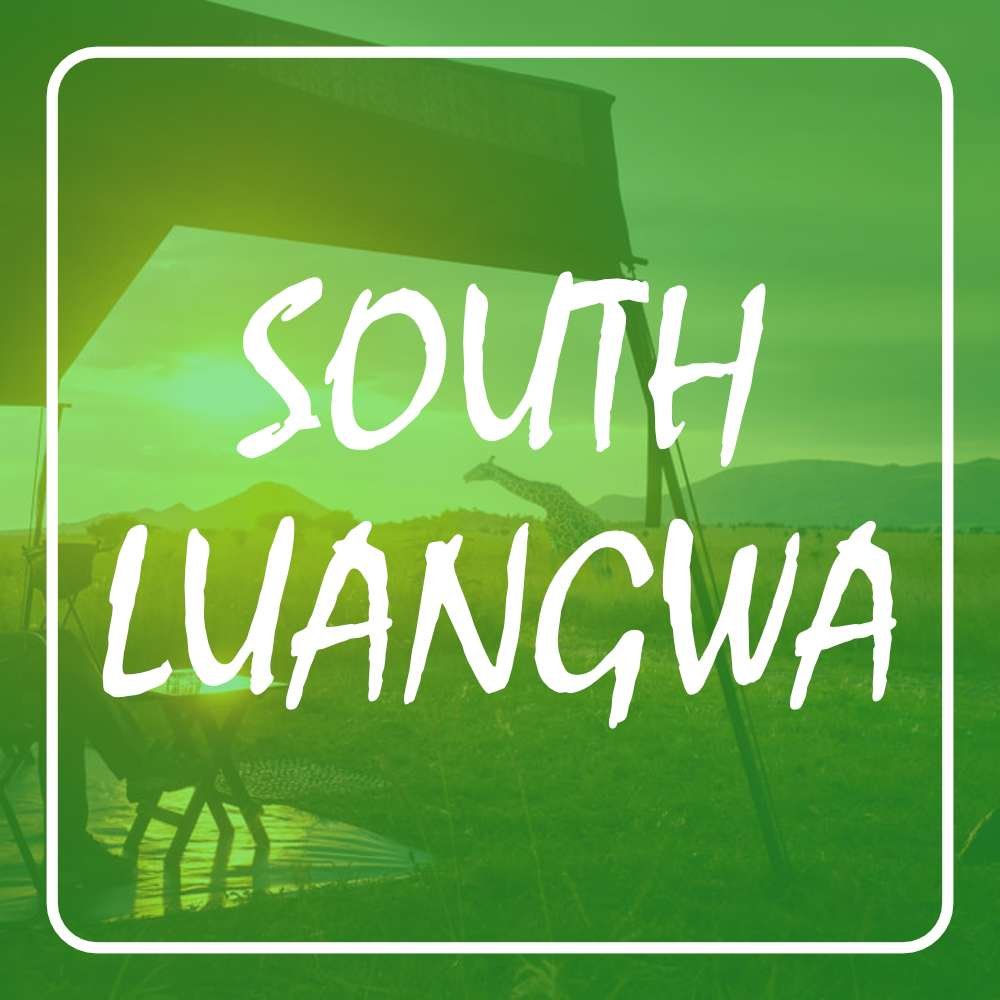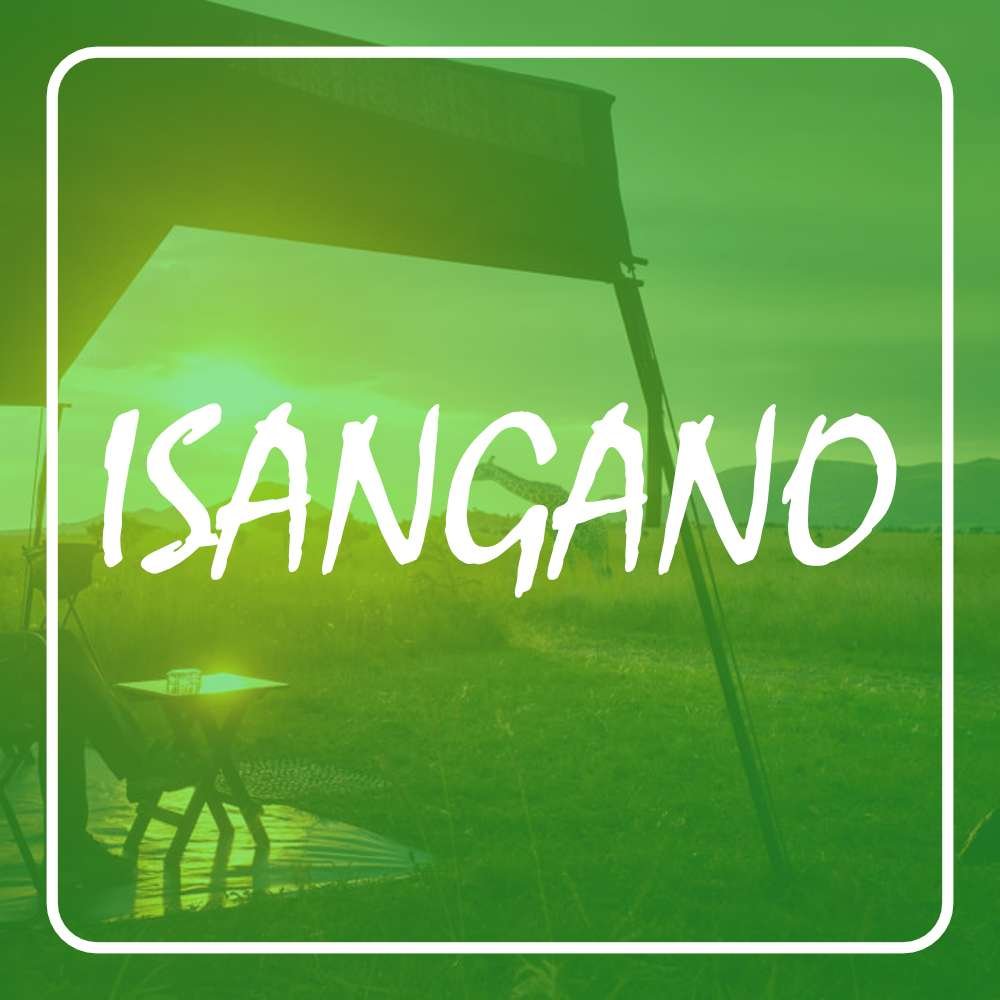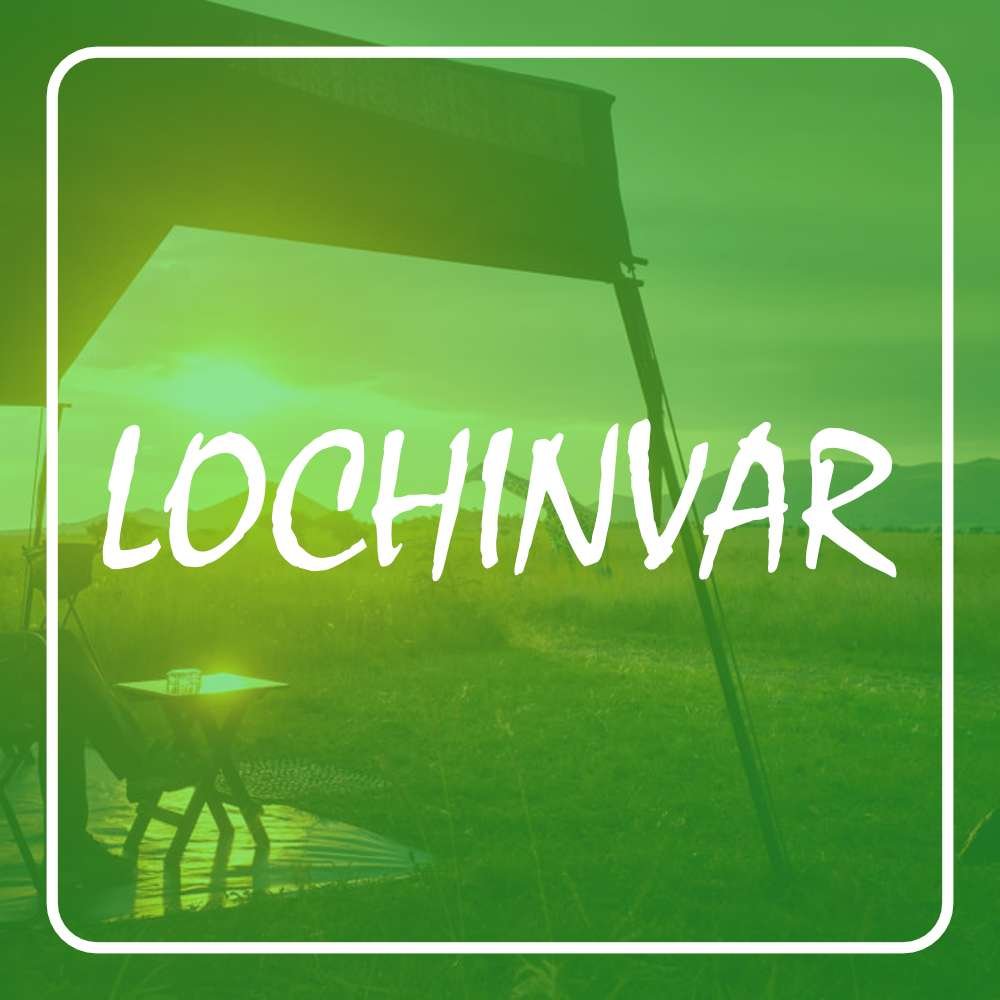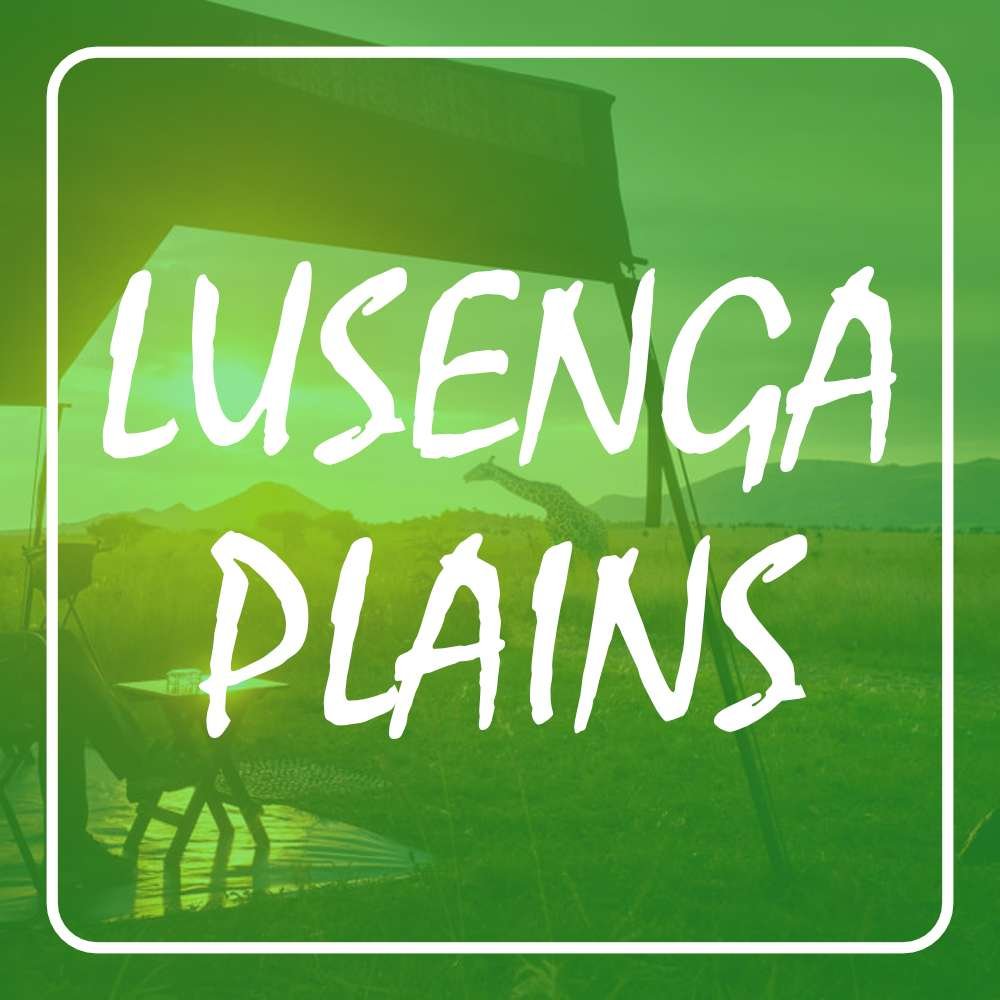Kasanka National Park
- Governing Body: Kasanka Trust
- Coordinates: 12°34′S 30°11′E
- Type: National Park
- Area: 390km2
- Established: 1986
- Nearest District(s): Serenje
- Province(s): Central
- Countries: Zambia
Share:
General Information
Kasanka national park is a small privately owned park situated on the southwest edge of the bangweulu plains. For its size it has a good variety of rivers, lakes, wetlands, forests, lagoons, meadows and dambos that it supports a uniquely wide range of animals and abundant birds and fish.
It is home of the largest fruit bat migration in the world.
Infrastructure & Accessibility
Kasanka Trust Ltd in conjunction with the Zambia Wildlife authority and the local community have worked together in partnerships that have sought funding and helped them provide roads, tourist camps, and bridges and set up the Kasanka Trust to raise funds for this community based project.
The Trust employs local staff and has an ongoing community outreach program within the surrounding communities including amongst other things; sponsorship of secondary school students, promotion of conservation farming techniques, a human/elephant conflict program and promotion of the conservation message to local villages.
The park is accessible throughout the year.
Habitat, Flora and Climate
Although Kasanka NP is part of the Greater Bangweulu Ecosystem, there is no direct hydrological connection between the park and the Bangweulu Wetlands. Kasanka has a varying altitude of 1,160 m and 1,290 m above sea level.
There are a variety of habitats in the park. Brachystegia woodland, otherwise known as Miombo Woodland, covers around 70% of Kasanka’s surface area, interspersed with grassy dambos. It is very rich in tree species and in many places forms a half closed canopy.
Evergreen forests of three kinds occur within Kasanka; Mushitu or swamp forest, riverine forests and very small patches of Mateshe (dry evergreen forest). The Mushitu is characterised by huge red mahoganies, waterberries and quinine trees among others and is fairly well represented. The largest tract of intact Mushitu, in the Fibwe area, hosts the annual gathering of straw-coloured fruit bats from October to December making it the largest fruit bat roost on Earth
Wildlife
A total of 114 mammal species have been recorded in the park including elephant, hippopotamus and sitatunga. A number of species have been reintroduced in the park by Kasanka Trust – the most successful of which are zebra and buffalo.
Close to ten million Eidolon helvum (African straw-coloured fruit bat) migrate to the Mushitu swamp evergreen forest in the park for three months during October to December, making it the largest mammal migration in the world.
Among the many different antelopes and animals that can be found here, it is a very good place to spot the rare and elusive sitatunga aquatic antelope which feed in the swamp early in the mornings or late in the afternoons.
Birdlife
Kasanka national park has spectacular birdlife due to its somewhat more peaceful and serene setting. Over 471 bird species have been identified in the park and there are some of the rarest birds and animals in the country, found in the beautiful miombo woodlands, swamp forest, grasslands, floodplains and riverine bushveld, to be enjoyed on leisurely walks and drives.
Fish
Kasanka has nine permanent lakes and over 100 km (62 mi) of rivers flowing through the park. Many of the rivers, especially the Luwombwa in the west support riparian fringe forests on their banks. Large areas of grassy floodplains are found along the Kasanka, Mulembo and Luwombwa rivers. The rivers and lakes are host to a variety of fish and are rich in other forms of aquatic and semi-aquatic wildlife.
There are ample opportunities for fishing tigerfish, bream and barbel in the beautiful Luwombwa River. Boats are available for hire but you should bring your own tackle.
Reptiles & Amphibians
The many rivers and marshes are home to a wide range of (reed)frogs and other amphibians. Large crocodiles dwell in the rivers and huge specimens can be seen along the Kasanka and Luwombwa Rivers. Large Nile monitors occur as well, as do Speke’s hinged tortoise. Common snake species include African rock python, forest cobra, lined olympic snake, olive marsh snake and herald snake. Three geckos, one agama, five skinks, one worm-lizard and two lizard species are known to occur as well.
Accommodation Type(s)
Chalet(s), Lodge(s), Camping, Backpacker(s)Activities
Bird watching tour, Boat Cruise, Canoeing, Game Drives, Fishing, Safari Tour, Guided TourNo donation to this project yet.
| M | T | W | T | F | S | S |
|---|---|---|---|---|---|---|
| 1 | 2 | 3 | 4 | 5 | 6 | 7 |
| 8 | 9 | 10 | 11 | 12 | 13 | 14 |
| 15 | 16 | 17 | 18 | 19 | 20 | 21 |
| 22 | 23 | 24 | 25 | 26 | 27 | 28 |
| 29 | 30 | 31 | ||||





